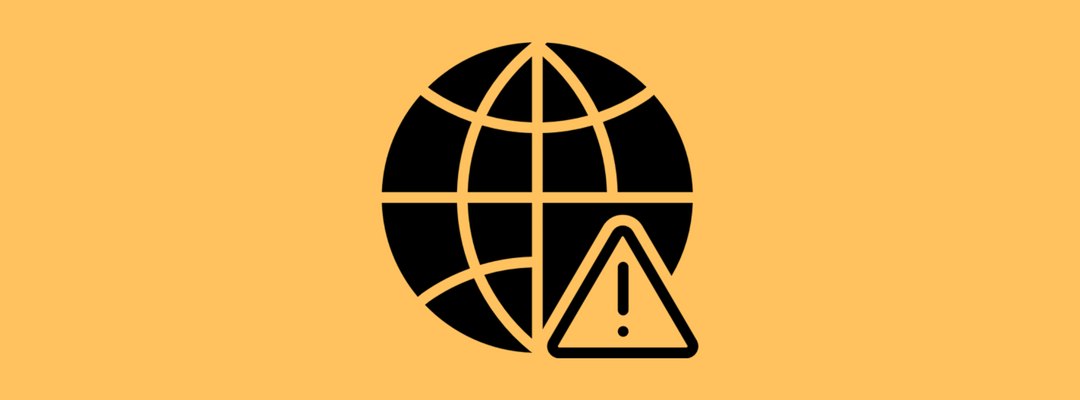How web content filtering improves public Wi-Fi hotspot security

What is a web content filter?
A web content filter is a software aimed at screening content on the internet based on different filtering categories , restricting the range of domains that users can access while surfing the web. Network administrators can deploy a web content filtering solution in different environments, such as offices, public hotspots and schools, in order to allow employees, students and other users to access only specific types of information, preventing them from accessing inappropriate websites and any unwanted online content.
Examples of how content filtering can be deployed in Wi-Fi-enabled public areas:
- To keep track of and break down user traffic in public areas with Wi-Fi, such as commercial venues, main squares, hotels, restaurants etc., as a way to preserve internet bandwidth: indeed, effective web content filtering tools enable network admins to store on a database relevant information about Wi-Fi users, such as the IP addresses of the visited sites and domain names.
- To scan and secure public Wi-Fi hotspots from hacking attacks and viruses: indeed, a web content filtering tool can effectively detect hostile content, infected sites, malware and other viruses and block them, thus protecting the Wi-Fi network.
- To block distasteful and illegal content, such as pornography and hate or violence-oriented content not compliant with the law, in educational institutions, i.e. schools, colleges and training institutes;
- To monitor the websites accessed by employees, in order to better optimize the use of bandwidth available in the workplace and reduce, at the same time, web browsing for personal purposes; indeed, Internet abuse can negatively impact the overall employees productivity;
- To protect Wi-Fi hotspot providers from liabilities due to illegal activities being run from malicious users while connected to their internal networks. For instance, they are not liable if they give evidence that they tried to avoid the crime, i.e. showing the deployment of a web content filtering tool. In fact, content filtering can reduce the risk of the main infringements related to copyright violations and pornographic streaming videos in a successful way.
The cloud-based content filtering system integrated in the Tanaza software makes all of this possible in a very easy way! The built-in content filtering feature provided by Tanaza gives Wi-Fi hotspot providers the possibility to create a personalized list of sites to block or unblock, choosing among a large number of set categories. In this way, Wi-Fi hotspot providers can successfully manage the kind of content end users can see when browsing their network. Furthermore, the Tanaza Content Filtering works with any Wi-Fi hotspot, as Tanaza is multi-vendor and therefore supports a wide array of access points. Also, network administrators can access useful real-time reports and schedule them via email, in order to see in detail the categories visited by Wi-Fi users. Another benefit of Tanaza’s web content filtering feature is represented by the unique opportunity to block the traffic in countries at high risk of virus and hacker threats.
There are many web content filtering platforms available in the market. In a previous article we delved into the most popular web content filtering tools network administrators can deploy, so as to help them pinpointing the right ones according to their needs.
Do you want to discover the Tanaza Content Filtering? Check out the Tanaza Web Content Filtering feature page and start the 15-day free trial to see how you can effectively protect your Wi-Fi network with our cloud-based content filtering system.
Related articles:
https://www.classichotspot.com/blog/top-10-most-used-access-points-tanaza/

